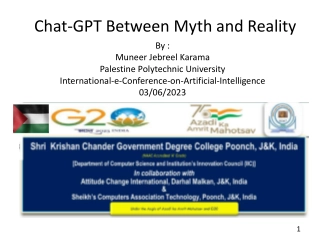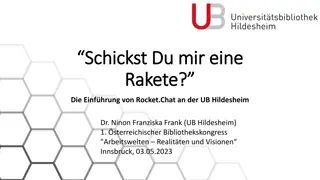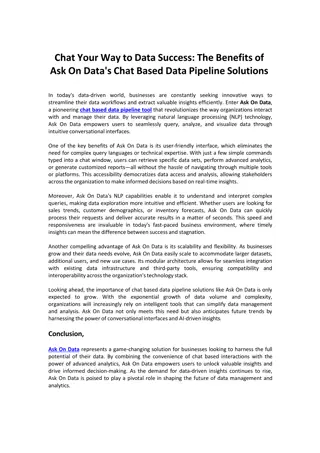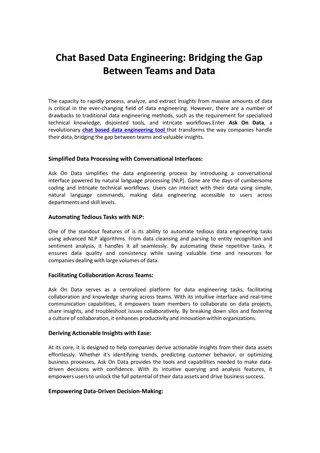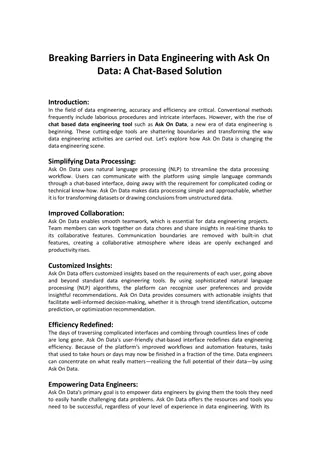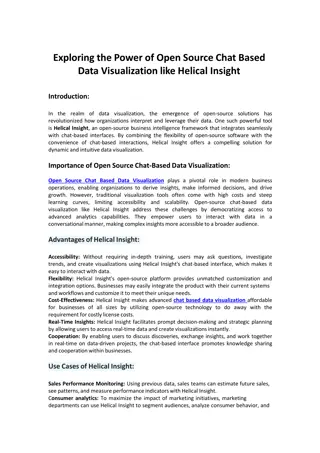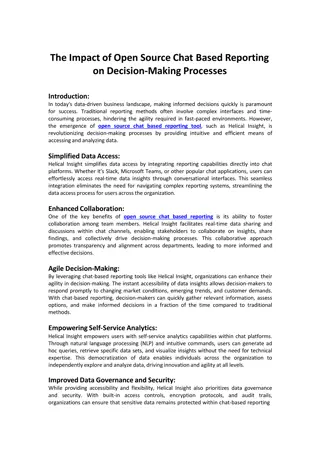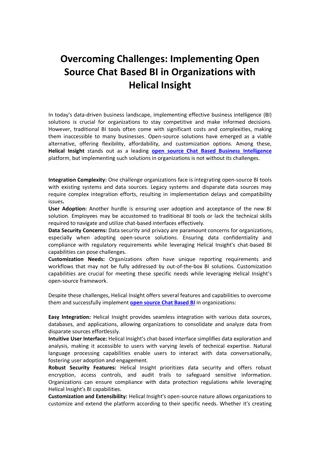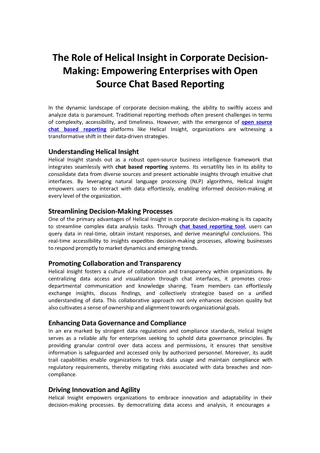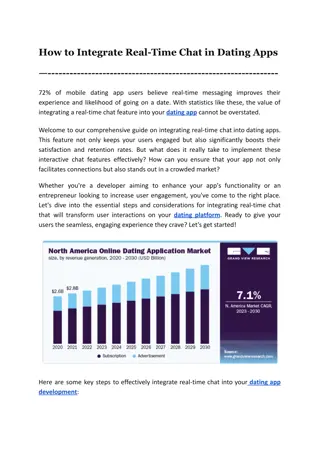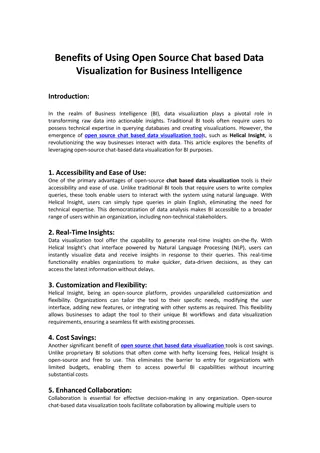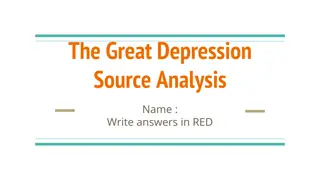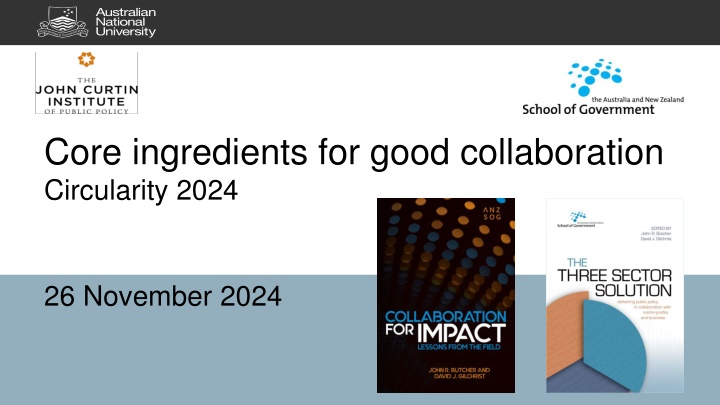
Ingredients for Effective Collaboration in Circular Economy Transformations
Explore the core ingredients for successful collaboration in circular economy initiatives, challenging traditional assumptions and emphasizing the importance of collaborative intelligence (CQ) and organizational intelligence. Learn how to navigate organizational siloes and create pathways to impactful change.
Download Presentation

Please find below an Image/Link to download the presentation.
The content on the website is provided AS IS for your information and personal use only. It may not be sold, licensed, or shared on other websites without obtaining consent from the author. If you encounter any issues during the download, it is possible that the publisher has removed the file from their server.
You are allowed to download the files provided on this website for personal or commercial use, subject to the condition that they are used lawfully. All files are the property of their respective owners.
The content on the website is provided AS IS for your information and personal use only. It may not be sold, licensed, or shared on other websites without obtaining consent from the author.
E N D
Presentation Transcript
Core ingredients for good collaboration Circularity 2024 26 November 2024
Getting to the doughnut Think outside the box Challenge traditional assumptions Question the axiom growth is good What is ecologically safe & socially just
Transforming Business as Usual Collaboration often pursued when traditional approaches have failed No single organisation or sector acting on its own has the capacity or capability to solve complex problems Often requires a departure from accepted legacy conventions, practices, norms, rules and boundaries Entails agendas for change that can meet internal resistance
Collaboration by design There is no one-size-fits-all template All collaborations are unique and context- dependent Built on a comprehensive, and shared, understanding of the problem
A pathway to impact Requires clear pathways to impact, together with a strong evidential base. Partner organisations can sometimes be impatient for results. NOT the same as project management
Collaborative intelligence (CQ) CQ refers to the mindset necessary for collaboration to flourish. Interpersonal relationships are important building blocks of collaborative action. Collaborators need to bring appropriate aptitudes and skills to the table. Individual members of collaborative frameworks need authority to collaborate.
Organisational intelligence Organisational intelligence determines the nature of the authorising environment Organisations can be constrained by internalised logics Determines whether CQ is rewarded and reinforced, or discouraged and repressed Organisational logics of partners can clash CQ enables partners to navigate & bridge cultural differences
Organisational siloes Siloed behaviour can be a barrier to collaboration Authorising environment is critical for success Needs clear unambiguous authority to collaborate Collaboration needs a persuasive rationale Not a response to resource scarcity
Leadership and assurance Sustaining trust through distributed leadership Formal authority and assurance can be enhanced by collaboration champions A robust governance framework
Collaboration pro-tips Be willing to cede control Build trust Communicate, communicate, communicate Actively maintain your authorising environment Use zippering to jointly manage operational functions
Sustainability is a tough gig the view from the trenches ain t pretty . . . We re dying on the battlefield. It s a tough gig being a sustainability practitioner in corporate Australia as it currently stands. Anita Mitchell 2014
Collaborate better Collaboration between players is key but difficult to achieve. In the traditional economy, players at different ends of the value chain rarely engage with each other, so circular innovations are often costly with low levels of adoption. Jacqueline Poh, Managing Director, Singapore Economic Development Board
Not a panacea collaboration is not an easy answer to hard problems but a hard answer to hard problems Bryson et al

